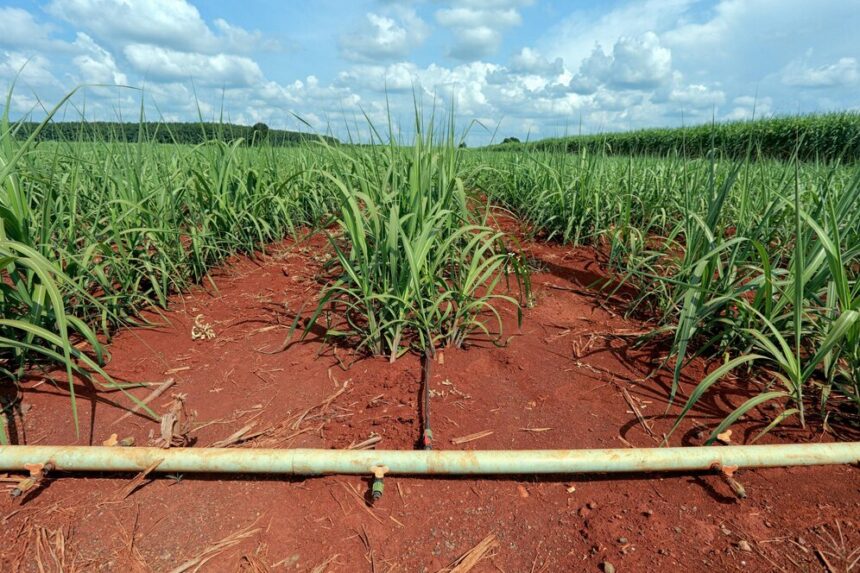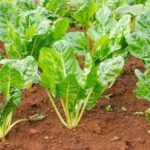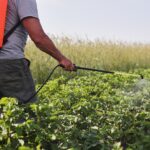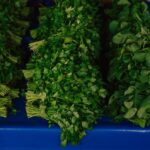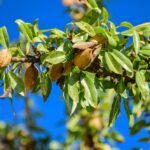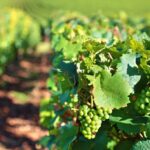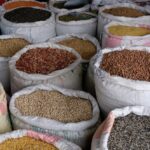Efficient irrigation scheduling is one of the most important factors for achieving high yields and quality in sugarcane production. As a water-intensive crop, sugarcane requires careful management of water resources to promote steady growth, strong stalk development, and high sucrose content. With rising water costs and changing rainfall patterns due to climate change, South African sugarcane farmers must adopt smart irrigation practices that enhance productivity while conserving water.
This article provides a comprehensive guide on how to schedule irrigation for sugarcane, focusing on the crop’s water needs, growth stages, and environmental factors to support optimal growth and sustainable farming.
Understanding Sugarcane Water Requirements
Sugarcane is a tropical crop with a long growing period of 10 to 18 months, depending on variety and region. Its water requirements vary according to the growth stage, soil type, weather conditions, and whether the crop is plant cane or ratoon (regrowth after harvest).
- Average water requirement: 1500–2500 mm per crop cycle
- Daily water use: 4–7 mm during peak growth
- Critical periods: Water stress during germination, tillering, and grand growth phase can significantly reduce yields and sucrose content
Key Growth Stages and Irrigation Needs
- Germination (0–45 days after planting)
- Soil must be kept moist to ensure uniform sprouting of setts (stem cuttings)
- Frequent light irrigation is essential in dry conditions
- Avoid waterlogging, which can cause rotting
- Tillering Stage (45–120 days)
- Moderate water requirement
- Roots expand, and multiple shoots form
- Maintain adequate soil moisture to support shoot development
- Grand Growth Phase (120–270 days)
- This is the most water-demanding stage
- Rapid stem elongation and leaf growth occur
- Regular, deep irrigation (every 7–10 days in summer) is necessary
- Stress during this period can reduce cane height and yield
- Maturity and Ripening Phase (270 days to harvest)
- Reduce irrigation gradually to encourage sucrose accumulation
- Avoid over-irrigation close to harvest as it may dilute sugar content
- In dry areas, one or two light irrigations may be required to prevent wilting
Factors Influencing Irrigation Scheduling
To create an effective irrigation schedule, farmers must consider:
- Soil type: Sandy soils require more frequent but lighter irrigation; clay soils retain moisture longer
- Evapotranspiration (ET): Use weather data or crop models to estimate daily water loss from soil and crop
- Rainfall: Adjust irrigation based on recent or expected rainfall; avoid overlapping irrigation with rain
- Irrigation system: Drip systems provide more precise control, while furrow or sprinkler systems require careful timing and monitoring
Recommended Irrigation Methods for Sugarcane
- Furrow irrigation: Common in flat or gently sloped fields; must be managed to prevent runoff and deep percolation
- Drip irrigation: Ideal for water-scarce regions; applies water directly to the root zone and reduces evaporation
- Sprinkler irrigation: Useful on uneven terrain but can lead to higher evaporation losses
Using Technology for Better Scheduling
Modern irrigation scheduling tools help farmers apply water only when needed and in the right amounts.
- Soil moisture sensors: Devices like tensiometers and capacitance probes monitor real-time moisture in the root zone
- Weather stations: Track temperature, humidity, and rainfall to calculate evapotranspiration and adjust irrigation
- Mobile apps and software: Many agricultural platforms provide irrigation scheduling based on local data and crop requirements
Signs of Water Stress in Sugarcane
Identifying early signs of stress can help adjust irrigation timing:
- Leaves folding inward during the day
- Leaf tips turning yellow or brown
- Reduced shoot emergence or poor tillering
- Delayed internode elongation
Maintaining consistent soil moisture without overwatering is key to keeping the crop healthy and maximizing sucrose accumulation.
Best Practices for Efficient Water Use
- Irrigate during early morning or late afternoon to reduce evaporation
- Use mulching to conserve soil moisture and suppress weeds
- Perform regular maintenance of irrigation infrastructure to prevent leaks and blockages
- Conduct seasonal evaluations to refine your schedule based on crop performance and rainfall trends
Irrigation scheduling for sugarcane is not a one-size-fits-all approach. It requires a good understanding of the crop’s water needs at different stages, local climate, soil type, and available irrigation systems. By aligning water application with the sugarcane growth cycle, farmers can improve yields, save water, and enhance the overall profitability of their farms.
Adopting a structured and informed irrigation plan is no longer optional—it’s essential for sustainable sugarcane farming in South Africa and beyond.


